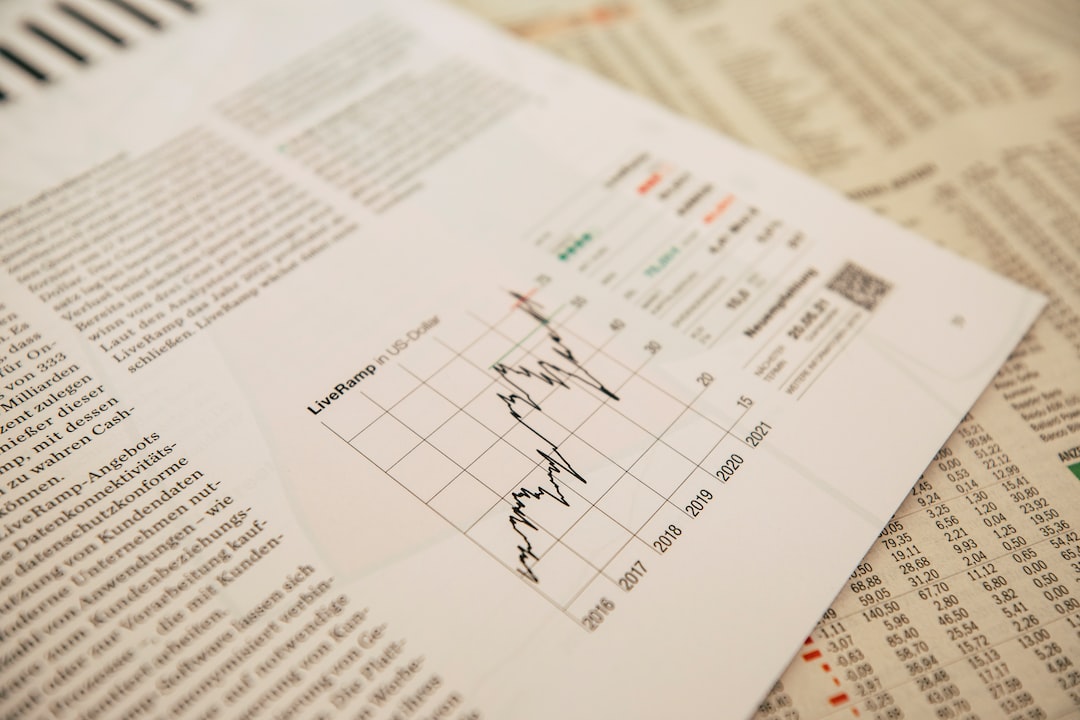As a forex trader, you are always looking for ways to improve your trading strategy and make more profitable trades. One way to do this is through the use of technical analysis, which involves analyzing price charts to identify trends and patterns in the market. To effectively analyze forex charts, you need to know how to markup the charts with technical indicators and other tools. In this article, we will explore some of the key steps involved in marking up forex charts.
Step 1: Choose the Right Charting Software
The first step in marking up forex charts is to choose the right charting software. There are many different charting software applications available, ranging from free online platforms to advanced professional software. Some popular charting software options include TradingView, MetaTrader, and NinjaTrader.
When choosing a charting software, consider the features you need to effectively mark up your charts. Look for software that offers a wide range of technical indicators, drawing tools, and customization options. Additionally, consider the platform’s user interface and ease of use.
Step 2: Choose Your Timeframe
Once you have chosen your charting software, the next step is to choose your timeframe. Forex charts can be viewed on various timeframes, ranging from 1 minute to 1 month. The timeframe you choose will depend on your trading strategy and the type of analysis you want to perform.
For example, if you are a day trader, you may want to use a 5-minute or 15-minute chart to identify short-term trends and patterns. If you are a swing trader, you may prefer to use a daily or weekly chart to identify longer-term trends.
Step 3: Add Technical Indicators
Technical indicators are mathematical calculations that are applied to forex charts to identify trends and patterns in the market. There are many different technical indicators available, including moving averages, oscillators, and momentum indicators.
To add technical indicators to your forex charts, simply select the indicator you want to use from the charting software’s menu and apply it to the chart. You can customize the settings of the indicator to suit your trading strategy and preferences.
Step 4: Draw Trendlines and Support/Resistance Levels
Trendlines and support/resistance levels are key tools for identifying trends and potential entry and exit points in the market. A trendline is a line drawn on a chart that connects two or more price points, while support/resistance levels are horizontal lines drawn at key price levels.
To draw a trendline, simply select the trendline tool from your charting software’s menu and draw the line connecting the relevant price points. To draw support/resistance levels, identify key price levels on the chart and draw horizontal lines at those levels.
Step 5: Add Price Labels and Annotations
Price labels and annotations are useful tools for adding context and additional information to your forex charts. Price labels show the price level of a particular point on the chart, while annotations allow you to add notes or comments to the chart.
To add price labels, simply select the price label tool from your charting software’s menu and click on the relevant point on the chart. To add annotations, select the annotation tool and type in your notes or comments.
Step 6: Save and Analyze Your Marked-Up Charts
Once you have marked up your forex charts with the relevant technical indicators, trendlines, support/resistance levels, price labels, and annotations, it is important to save and analyze your charts. This will allow you to review your analysis and identify potential trading opportunities.
Most charting software applications allow you to save your marked-up charts and revisit them at a later time. You can also use the charting software’s analysis tools to perform further analysis on your marked-up charts.
Conclusion
Marking up forex charts is an essential part of technical analysis and can help you identify trends and patterns in the market. By following the steps outlined in this article, you can effectively markup your forex charts with technical indicators, trendlines, support/resistance levels, price labels, and annotations. Remember, the key to successful forex trading is to use technical analysis in combination with sound risk management and a solid trading plan.


